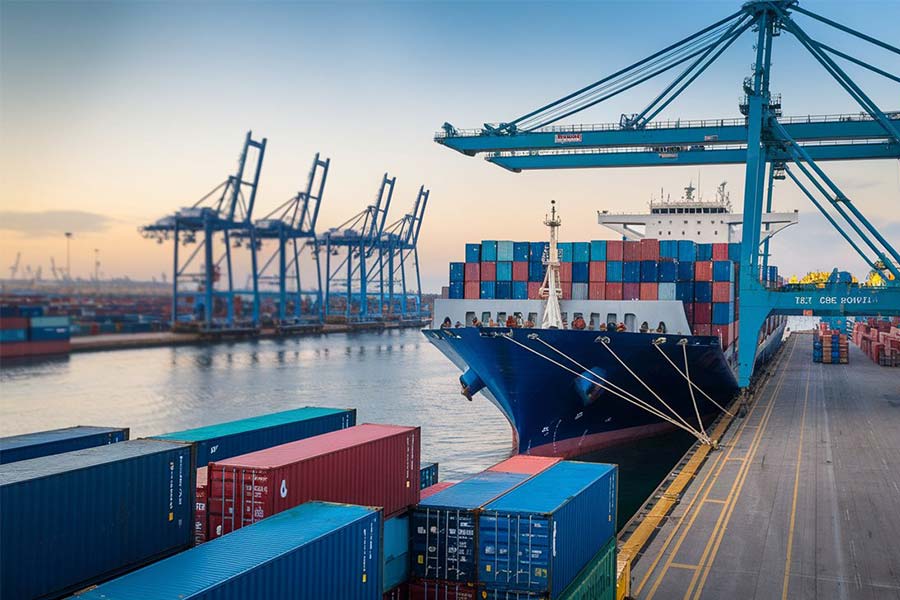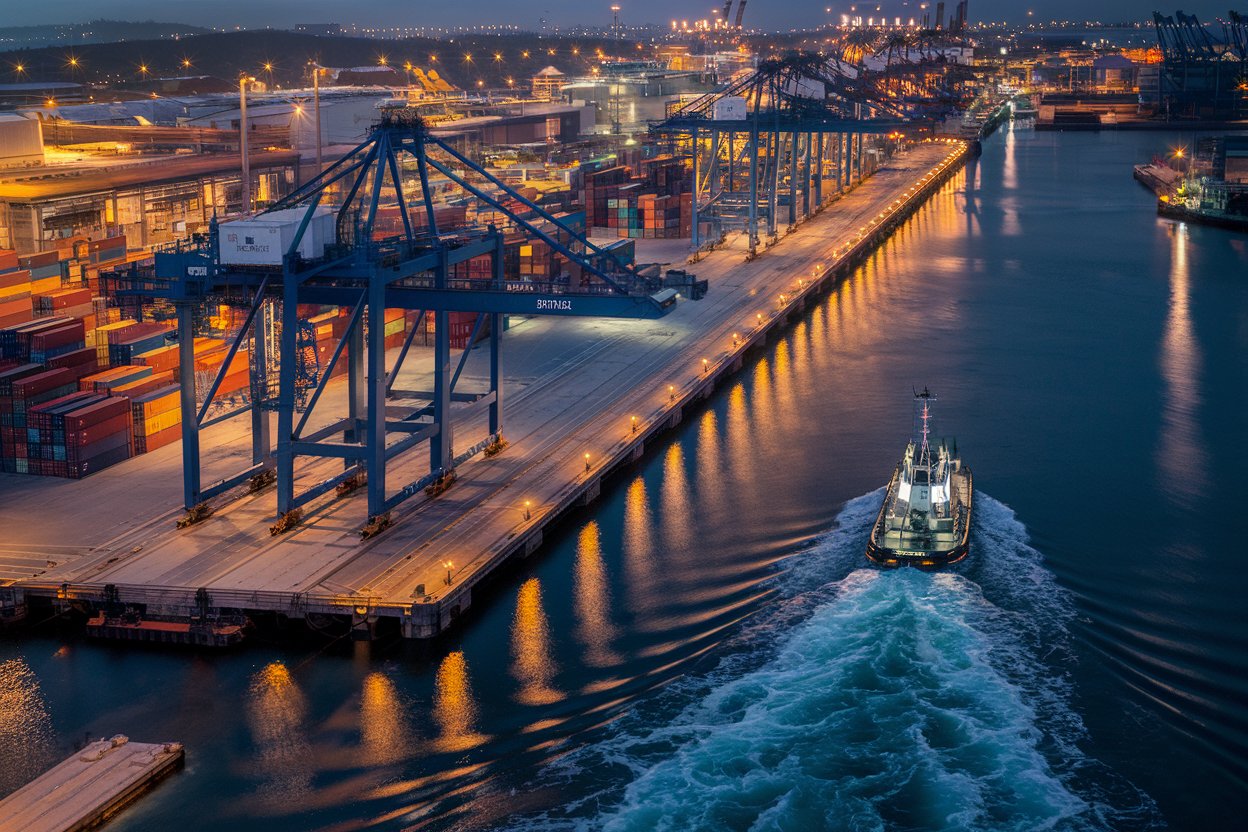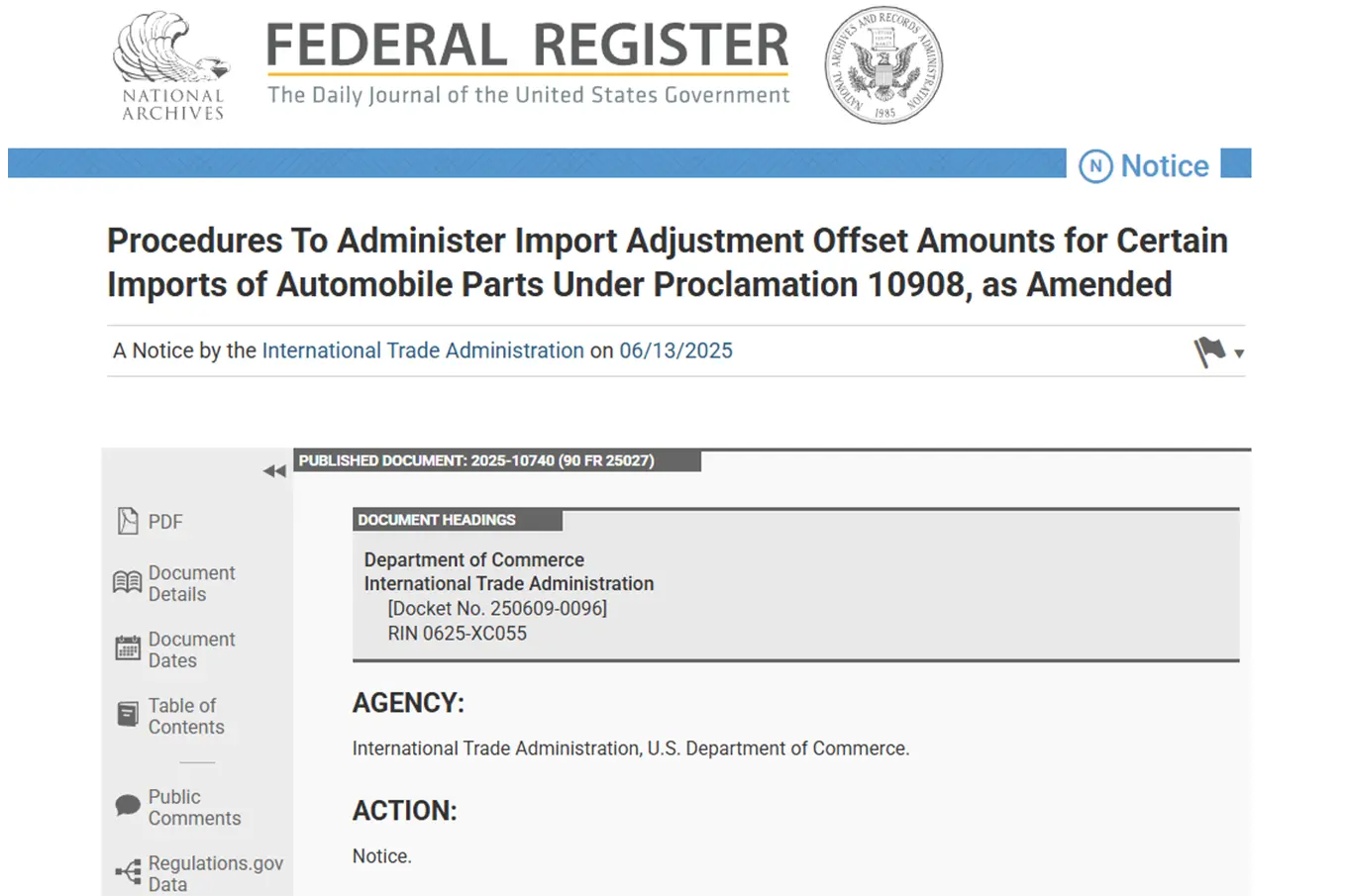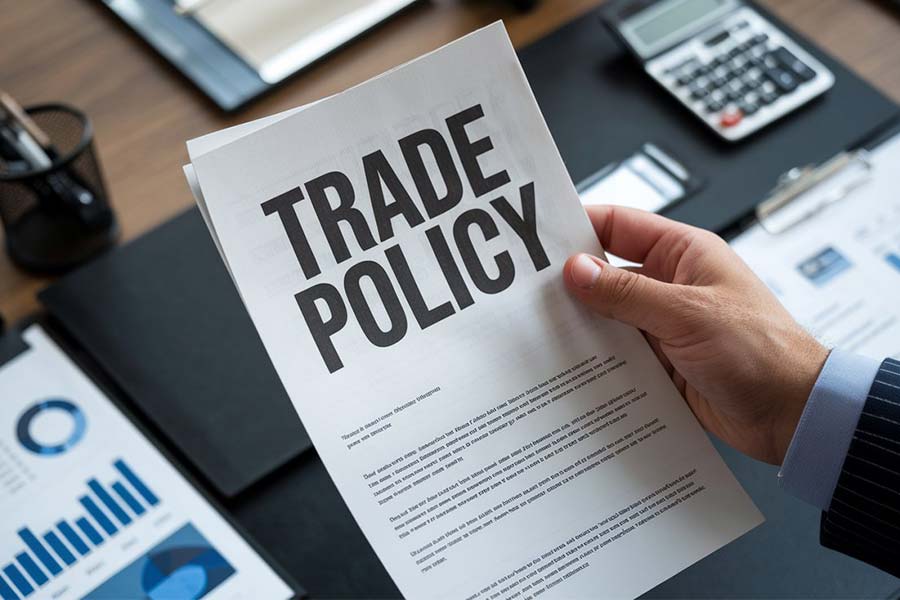- Shanghai Zhongshen International Trade Co., Ltd. - Two decades of trade agency expertise.
- Service Hotline: 139 1787 2118
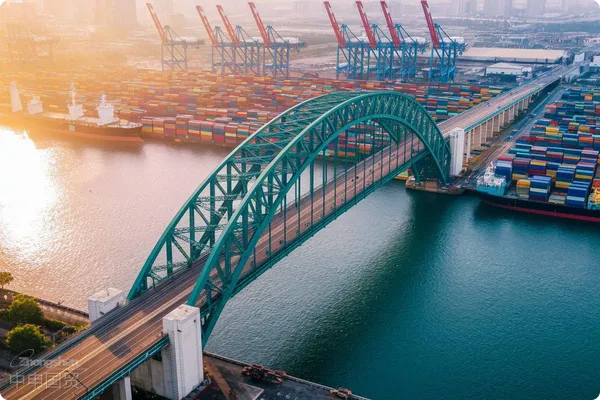
I. Analysis of large - scaleEquipment ImportsCustoms clearance difficulties
The latest statistics of the General Administration of Customs in 2025 show that electromechanical equipment commodities account for 38.7% of the total import volume, and the declaration error rate of equipment with a single - piece value exceeding one million US dollars is as high as 12%. The special commodity attributes lead to five core pain points in the customs clearance process:
- Abnormal volume and weight: 23.: Special transportation plans need to be declared in advance for over - wide/over - high equipment
- Disputes over commodity classification: 24.: Multifunctional combined equipment is likely to cause disagreements in HS code determination
- Regulatory certificates are complex: 25.: It is necessary to handle3CCertification, import licenses and other documents simultaneously
- : In view of the shock - proof requirements of precision instruments, a composite packaging solution of air - cushion film + wooden box is recommended to reduce the cargo damage rate during transportation.: 27.: The port lifting capacity and inland transportation routes need professional evaluation
- Tax calculation errors: 29.: Hidden costs such as royalties are easily overlooked
II. Decomposition of professional customs clearance process
Matureforeign tradeAgent companies usually adopt a three - stage control mode:
- Preparation Phase (30 Days)
- Verification of equipment technical parameters
- Application for pre - ruling of classification
- Transportation feasibility analysis report
- Declaration operation stage (5 - 7 days)
- Itemized price declaration strategy
- Compliance review of attached documents
- Emergency handling of abnormal situations
- Subsequent management stage (90 days)
- Response to subsequent customs inspections
- Supervision of duty-free equipment usage
- Supplementary declaration of concession fees
III. Guide for handling common problems
According to the analysis of the customs administrative penalty case database in 2025, the key points for handling high - frequency problems include:
- Resolution of Classification Disputes: Prepare a complete equipment principle description and technical drawings
- Avoidance of late - declaration fees: Accurately calculate the declaration time - limit window of the means of transport
- Determination of liability for transportation damage: Standardize the implementation of the pre - shipment inspection procedure
- Remedy for inconsistent documents: Establish a fast - track for re - issuing authorization letters/certification documents
IV. Selection criteria for agency service providers
- Industry experience verification: Require the provision of operation cases of the same type of equipment
- Professional team configuration: Should include compound talents in customs declaration/logistics/law
- Emergency resource network: A rapid response mechanism in case of inspection abnormalities
- Risk prevention system: Should include compliance review and error simulation tests
- Cost transparency mechanism: Clearly separate the calculation of agency fees and government fees
V. Analysis of typical cases
A certain automobile manufacturer encountered a classification dispute when importing CNC machine tools worth $3.2 million in 2025:
- Focus of the problem: Tax rate differences between machining centers and special machine tools (8% vs 12%)
- Solutions:
- Provide equipment operation videos to prove the processing process
- Apply for pre - ruling on commodity classification
- Prepare materials for administrative reconsideration simultaneously
- Handling results: Finally determined to be classified under 8458, saving $152,000 in taxes and fees
VI. Customs clearance practice suggestions in 2025
In response to the requirements of Announcement No. 77 newly issued by the General Administration of Customs:
- Prepare 3D models of equipment data in advance for customs inspection
- Establish a withholding and allocation mechanism for royalties
- Pay attention to the dynamic adjustment of the Import Catalogue of Major Technical Equipment
- Improve the full - life - cycle management files of imported equipment
Related Recommendations
? 2025. All Rights Reserved. Shanghai ICP No. 2023007705-2  PSB Record: Shanghai No.31011502009912
PSB Record: Shanghai No.31011502009912
